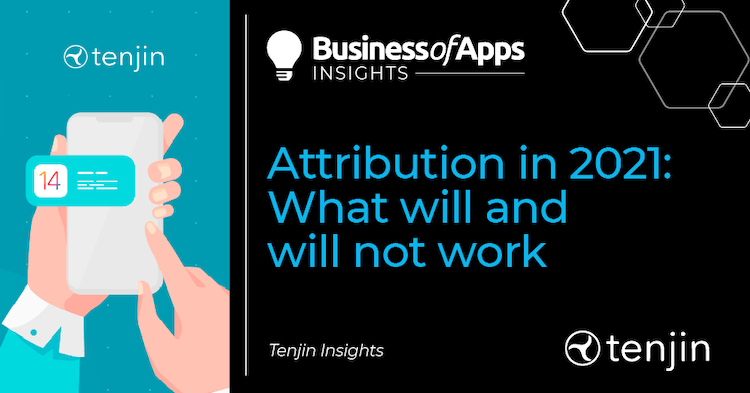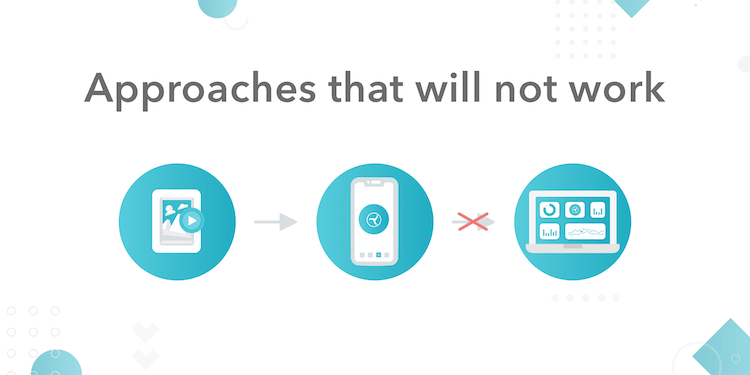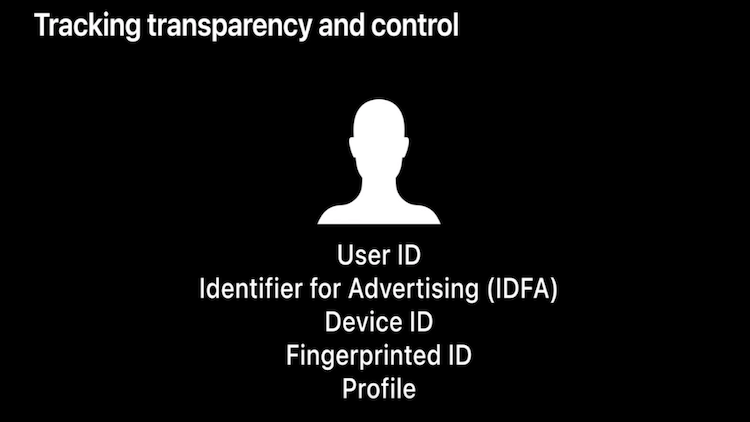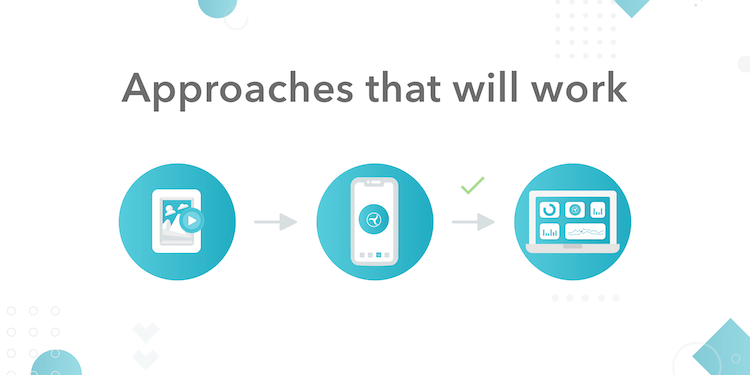
2021 iOS 14 changes are going to change businesses around the world. Even though the changes are coming very soon, there is no common understanding of what marketing analytics will look like. Today I’ll talk about the myths publishers are discussing, and give my evaluation with recommendations.
This article was first published on Tenjin’s blog.

Blind eye approach: Nothing will change
All signs point to drastic change. Just a few examples in marketing analytics:
- SANs (Self Attributing Networks) ad reach is already shrinking (source: MADV – IDFA0, the time is now)
- Pricing for attribution is going to change (source: MMPs should stop charging for attributed installs)
- Ad Revenue is going to decrease (source: FAN project 50% drop of Ad revenue after iOS 14 changes)
- User behavior is going to change (source: How iOS14 might change consumer behavior on mobile)
Not all SANs are going to integrate SKAdNetwork by the time the new iOS 14 changes go live. If they continue to attribute users via IDFA, it will mean that publishers will see around 80% fewer users attributed to them.
Recommendation: Make sure that you know what type of attribution your ad networks have. Some ad networks have SKAdNetwork support already, but you need to talk with your AM to get access to it. When the time of iOS 14 comes, make sure to make the necessary changes in your UA strategy.
ATT opt-in rate will be high enough to use the IDFA
Our estimates show that only 20% of users will give consent to track their activity. MobileDevMemo community thinks the same if not less; projecting opt-in rates between 10 -19%. It’s doubtful that publishers will improve those numbers via in-app mechanics significantly. Plus, there is a concern that additional pop-ups will hurt the user experience.
Recommendation: When planning tech stack for 2021, prepare for the world where IDFA does not exist.
Everyone will do attribution via fingerprinting
Fingerprint attribution is based on IP address and other parameters that are included in the user agent. Some publishers started rehashing this as a new type of “probabilistic attribution”, simply reframing old terminology with something new. Be careful how this is understood and verify what probabilistic actually means.
Two more things to keep in mind when we talk about fingerprint attribution:
- Currently, fingerprinting is the only way publishers can attribute mobile users coming from the web to app sources.
- SANs like Facebook, Google, Snapchat, and others are more likely to adopt SKAdNetwork and not fingerprint. Therefore publishers will need to reconcile their data from different attribution methods.
We will have to wait to see Apple’s official reaction when iOS 14 updates will go live in 2021.
Our recommendation: Be careful about rehashed old terminology. Prepare an ad mix that does not consist exclusively of ad networks that only do fingerprint attribution.
🕒 Mobile Speed Matters: Stop Losing Customers 📉
Discover mobile benchmarks, top conversion killers, and expert fixes. Learn how to keep users engaged and drive revenue on mobile!
Download nowAttribution via a 3rd party user ID
There has been no indication from Apple that 3rd party IDs will be allowed to track across different publishers. There is a high chance your games will be rejected if you are going to utilize this method or adopt an SDK that utilizes this technology behind the scenes.
Apple recently updated its App Store privacy terms, indicating that having a 3rd party ID that tracks across publishers will NOT be accepted. Users need to give explicit consent via ATT that they can share their data regardless of what ID will be used to match it to install.
Source: a slide from WWDC 2020 presentation
Our recommendation: Use only 3rd-party IDs for internal app analysis, and don’t try to use it for attribution across different publisher apps.
Attribution via IDFV
IDFV should be used to attribute users inside the apps that belong to the same publisher. It can’t be used for normal attribution across different publisher apps. This is explicitly outlined in Apple’s Data Use and Privacy document.
Our recommendation: Use IDFV only for cross-promo campaigns.
Marketing mix modeling
Marketing mix modeling is an analytical approach that uses historical information, such as syndicated point-of-sale data and companies’ internal data, to quantify the sales impact of various marketing activities (source: Wikipedia)
The biggest flaw of this approach is that it requires a significant amount of time to gather enough data to provide actionable insights. Additionally, there is no support for key cohort metrics like ROI in this approach.
Big publishers historically have been using it to measure their TV campaigns and other types of brand marketing. As for performance marketing, it’s not a good fit as UA teams need to make quick decisions.
SKAdNetwork
SKAdNetwork is a new framework created by Apple to provide more privacy-centric attribution.
First and foremost, make sure that you read the guide that we did with Kevin Bravo- MMP-free publisher guide for iOS 14. It explains, in detail, how SKAdNetwork works.
Secondly, make sure that you understand how SKAdNetwork reporting works. It’s a completely different approach, comparing with what developers are used to now. For example, things like cohort analysis are going away. More info in Tenjin Training – Rethinking Measurement for Google and Facebook).
Disclaimer: The next approach is developed by Tenjin and provided exclusively to Tenjin clients.
Attribution Modeling
Attribution Modeling – an attribution approach that determines the source of a user’s origin based on multiple signals. Users are not assigned to a campaign with 100% probability (deterministically). One user might be attributed to several campaigns. Each campaign will have a different percentage of probability based on the strength of attribution signals received.
Attribution Modeling data is reconciling with the data from the users attributed via deterministic attribution. In other words, you don’t need to have several dashboards to analyze your data like in the approaches provided by other MMPs.
Attribution modeling is using SKAdNetwork as one of the main data points to make an attribution.
With attribution modeling, publishers are keeping their cohort ROI and previously available dimensions.
The downside compared to the current attribution is that you will see the data only after 24 hours. This is due to SKAdNetwork reporting limitations that are explained here.
In closing, Tenjin encourages you to do your own research when you’re choosing the type of attribution that will work best for you. Be upfront and don’t be shy to ask your MMP uncomfortable questions. If you have any questions for us, shoot us an email at info@tenjin.com.













